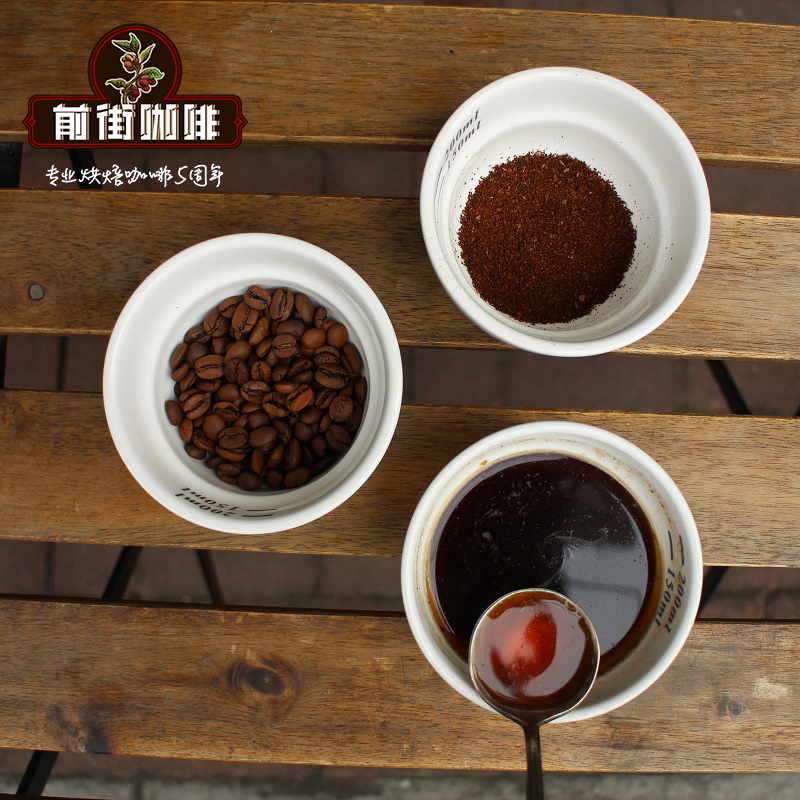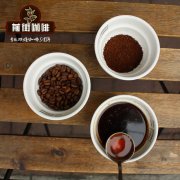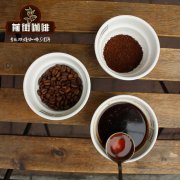What is the flavor of the coffee treated by the Indian monsoon? what is the grade of Indian raw beans?

The Asian coffee that most people in Taiwan are familiar with should be Sumatra, Mantenin or Vietnamese coffee with low acidity and mellow taste.
But India is actually the oldest coffee producer in Asia. Although Indian coffee did not flourish until it was colonized by the British in the 19th century, it had a history of about two hundred years before that.
In 1870, due to the influence of leaf rust and the high demand for tea in the market, many farms capable of producing high-quality coffee changed to grow tea one after another, which dealt a heavy blow to the coffee industry in India. Although in the past, Indian coffee continued to develop, but the planting and research focused on disease resistance, taste and flavor after Robsta and its extended varieties, coupled with India because of its low altitude and climate, the yield of Robusta is extremely high, but also because its flavor is cleaner than that of Robustan produced in other producing countries, Robusta in India is popular among coffee roasters. It is often used in Italian formula beans.
Treatment of monsoon stains
The better-known Indian coffee is the wind-stained Monsoon Malabar, which is now a precisely controlled treatment, but it originated by accident at first.
During the British colonial period, coffee was packed in wooden cases and exported to Europe. These coffees experience wet weather during the monsoon period during transportation, causing the coffee to absorb a lot of moisture and have a huge impact on the coffee delivered to its destination. At that time, a transportation took several months, and the raw beans were placed on the bottom of the barn, absorbing the moisture and salty taste of the sea. The raw beans had already gone bad when they arrived in Europe, the color turned yellow, and the acidity of the coffee almost disappeared, but developed a very unique taste.
After that, although the navigation and shipbuilding techniques have improved and shortened the delivery time, the flavor of this monsoon-treated coffee has been affected. So this kind of coffee, called wind stain treatment, will be carried out in the factory.
Wind stain treatment is only used in sun-treated coffee, and the color of the coffee after wind stain is light and fragile. This kind of wind-stained beans is not easy to bake evenly, coupled with the fragile characteristics, resulting in coffee cooked beans often have the problem of poor appearance and broken beans. However, this kind of damaged beans is different from the general low-grade coffee defective beans, which will not affect the flavor.
In the process of wind stains, coffee usually loses acidity, but adds a strong and wild aroma, which has a polarized evaluation in the coffee industry. Some people regard this flavor as its characteristic, while others think that it is the defective smell caused by the treatment process.
In addition, 98 per cent of India's 250000 coffee producers are small farmers, so it is difficult to trace production and marketing to manors, usually only to processing plants or producing areas.
Coffee taste
Indian coffee is mostly full-bodied, with low acidity and less varied flavor levels.
Coffee grading
Indian coffee is graded in two different ways:
1. Unique to India:
Classify all washed coffee as "plantation" Plantation
Sun-treated coffee is "cherry" Cherry grade.
All washed Robusta is "coffee grade with shell" Parchment Coffee.
two。 Bean size:
AAA (maximum)
AA
A
PB (small round bean)
Usually the biggest beans are of the best quality, but they are not always the most correct measure.
Important Notice :
前街咖啡 FrontStreet Coffee has moved to new addredd:
FrontStreet Coffee Address: 315,Donghua East Road,GuangZhou
Tel:020 38364473
- Prev

What is the flavor of coffee at La Minita Manor in Guatemala? which manor is Flower God Coffee?
[origin] Antigua (Antigua) volcanic area [manor] Raminita (La Minita) [variety] Kaddura Caturra [treatment] traditional washing [altitude] 1200mm 1600m [characteristics] Guatemala is located in the Central American isthmus, with high mountains and plateaus formed by many volcanoes, fertile volcanic ash soil, and high-quality high elevations in Central America.
- Next

Is Pacamara Arabica Coffee? how is Pacamara cultivated?
Pacamara is a special breed, and its flavor characteristics or the huge size of coffee beans are most often discussed. But what's the story behind this hybrid coffee? To write this article, the author interviewed Dederico, director of Caf Tuxpal, and Viva of the Pacas family in El Salvador, to get more information about this variety and flavor. Also interviewed the 2011 WB
Related
- Detailed explanation of Jadeite planting Land in Panamanian Jadeite Manor introduction to the grading system of Jadeite competitive bidding, Red bid, Green bid and Rose Summer
- Story of Coffee planting in Brenka region of Costa Rica Stonehenge Manor anaerobic heavy honey treatment of flavor mouth
- What's on the barrel of Blue Mountain Coffee beans?
- Can American coffee also pull flowers? How to use hot American style to pull out a good-looking pattern?
- Can you make a cold extract with coffee beans? What is the right proportion for cold-extracted coffee formula?
- Indonesian PWN Gold Mandrine Coffee Origin Features Flavor How to Chong? Mandolin coffee is American.
- A brief introduction to the flavor characteristics of Brazilian yellow bourbon coffee beans
- What is the effect of different water quality on the flavor of cold-extracted coffee? What kind of water is best for brewing coffee?
- Why do you think of Rose Summer whenever you mention Panamanian coffee?
- Introduction to the characteristics of authentic blue mountain coffee bean producing areas? What is the CIB Coffee Authority in Jamaica?

